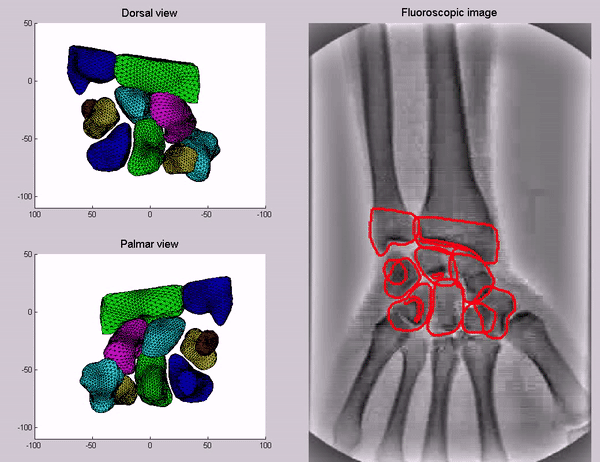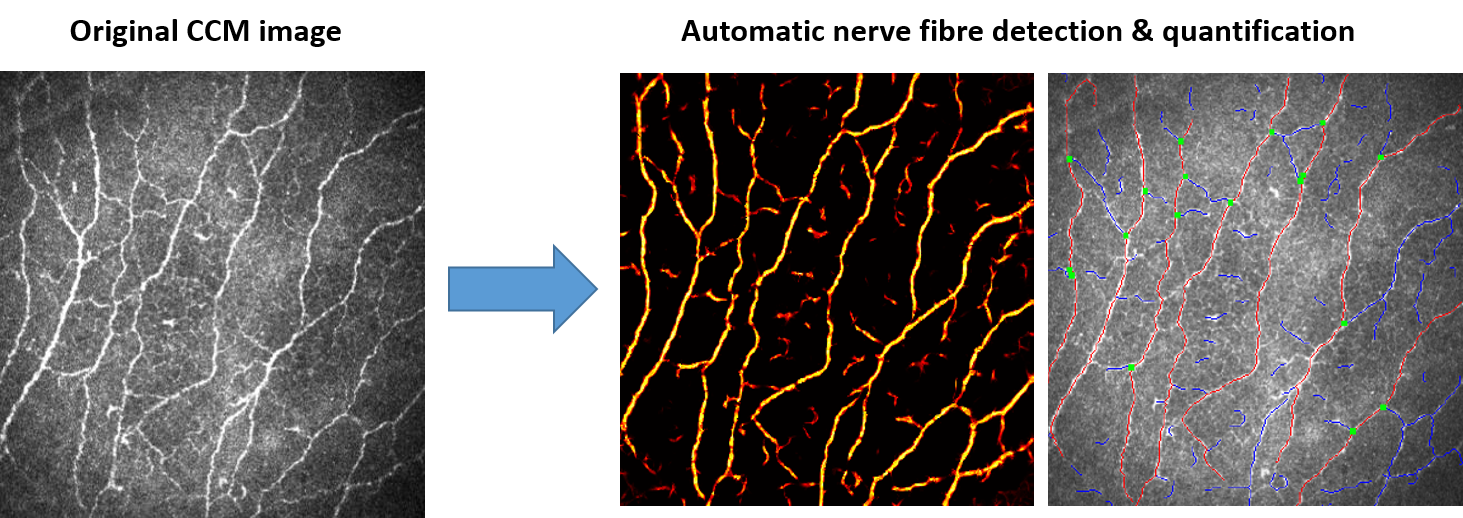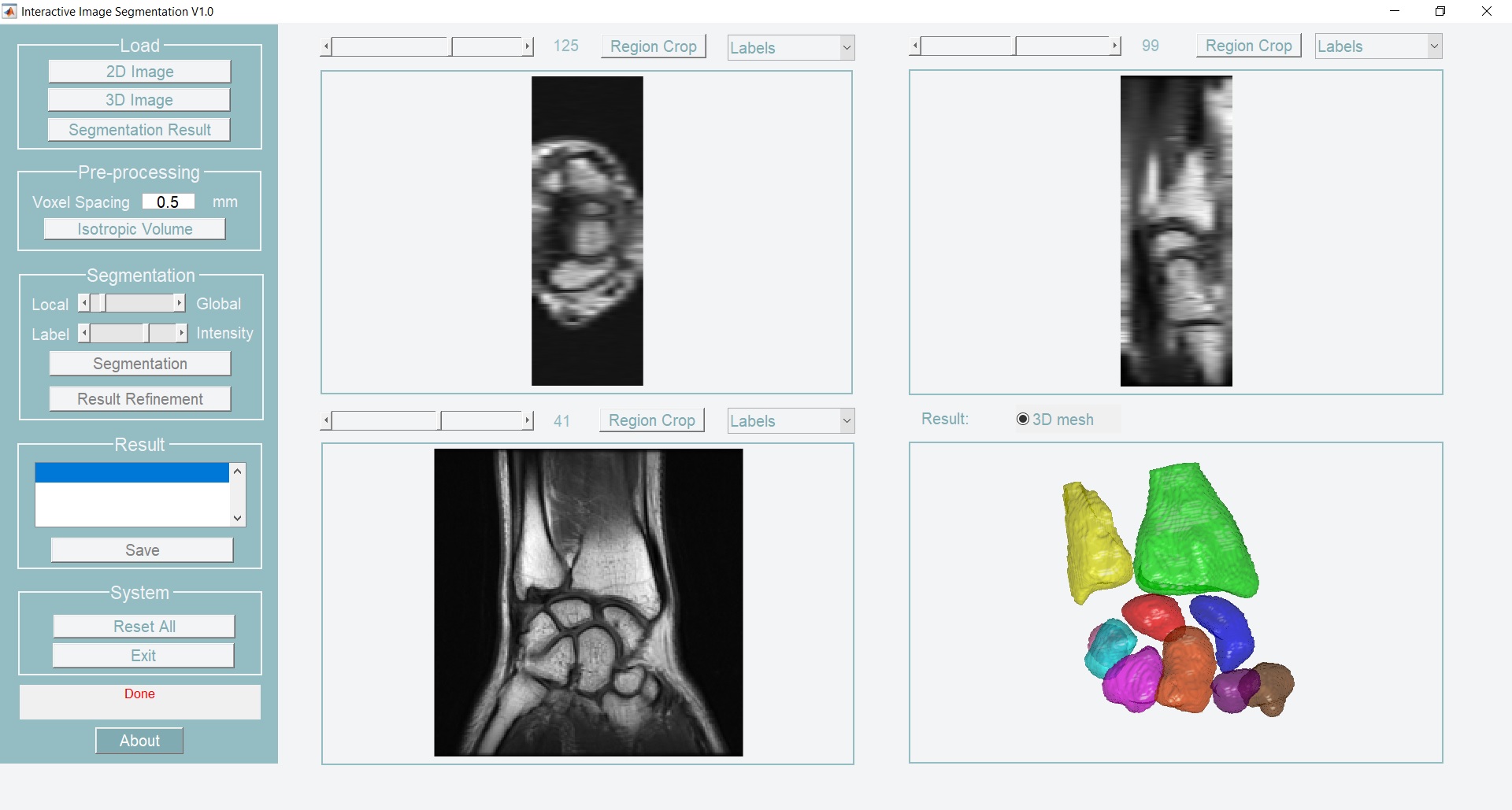- 2022-2026 Wellcome Leap funded, Co-investigator, “Maternal venous return from the placenta and the effect of placental and uterine contractions as potential markers of stillbirth risk”.
- 2021-2025 MRC funded, Co-investigator, “DEMISTIFI Multi Morbidity: DEfining MechanIsms Shared across mulTI-organ FIbrotic disease to prevent the development of long term multi-morbidity”.
- 2021-2025 ERC funded, Co-investigator, “Brain connectivity metrology for personalised neuroimaging in health and disease”.
- 2021-2022 NIHR/NHSx AI Award, Co-lead, “Personalised Preoperative Neoadjuvant Chemotherapy to Optimise Curative Treatment in Breast Cancer”.
- 2020-2022 Weston Brain Institute Award, Co-investigator, “Determining subtype-specific rates of brainstem depigmentation as progression marker in early Parkinson’s: A serial neuromelanin MRI study to inform stratified trial designs”.
- 2020-2022 British Heart Foundation Award, Co-investigator, “Assessment of artificial neural networks and conventional statistical regression techniques in diagnosis and prediction of outcome after stroke using big data”.
- 2019-2021 Precision Imaging Beacon Catalyst Award by Precision Imaging Beacon, University of Nottingham, Co-investigator, “Developing an artificial intelligence augmented diagnostic imaging strategy for patients with occult scaphoid fractures of the wrist”.
- 2018-2019 Research Accelerator Award by Precision Imaging Beacon, University of Nottingham, Principle investigator, “Automated blood vessel quantification for 7 Tesla magnetic resonance angiography”.






